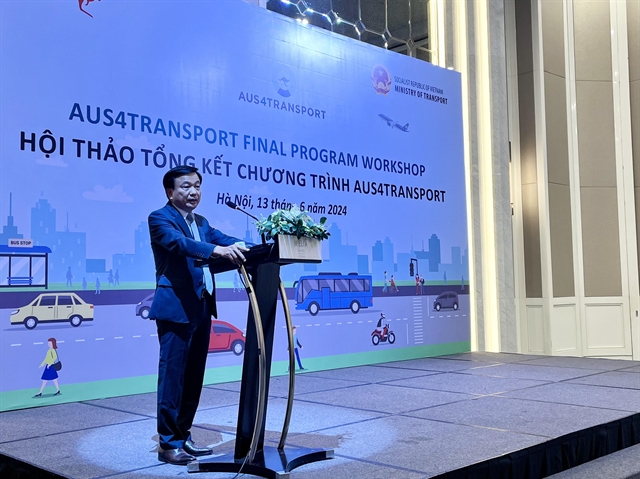 Society
Society

 |
| The HCM City Department of Transportation is considering three waterway transport options for passengers going to the upcoming Long Thành International Airport in Đồng Nai Province. — Photo nld.vn |
HCM CITY — HCM City's Department of Transportation wants to use waterway transport for travel between the city and the under-construction Long Thành International Airport in next-door Đồng Nai Province.
It proposes three options based on a survey it did earlier this year.
The first is for passengers to go from the city’s Bạch Đằng wharf to SwanBay wharf in Đồng Nai’s Nhơn Trạch District by high-speed boats. This is the shortest and quickest option, taking only 35-45 minutes to traverse the 22 kilometres.
They will then take an existing road network that links to the airport, including Lý Tự Trọng, Nguyễn Hữu Cảnh, ĐT 769C roads and the National Road 51.
Option two is to take passengers from Bình Khánh Ferry Terminal in Nhà Bè District in HCM City to Nhơn Trạch. They will then travel on Phạm Thái Bường and Provincial Road 769D roads to reach the airport.
A new wharf will be built in Nhơn Trạch if this option is approved.
It will be easiest for people travelling from the south and southeast of HCM City to the airport.
The distance is around 25km, and takes 40-45 minutes.
The last option is for passengers to take the existing Cát Lái Ferry in Thủ Đức City and then Provincial Road 769D. It is around 30km long and will take 45-50 minutes.
It will be an alternative option while waiting for the under-construction Cát Lái Bridge that links HCM City's District 2 and Đồng Nai Province.
The department has called on relevant parties to carry out assessments of the various ferry terminals, wharfs and other waterway infrastructure for undertaking upgrades if necessary.
Long Thành International Airport is around 50km from HCM City. When finished, it will be the country’s largest with a capacity of 100 million passengers and five million tonnes of cargo annually.
It is currently in phase 1 of construction, and will have an annual capacity of 25 million passengers and 1.2 million tonnes of cargo when completed in 2026. — VNS